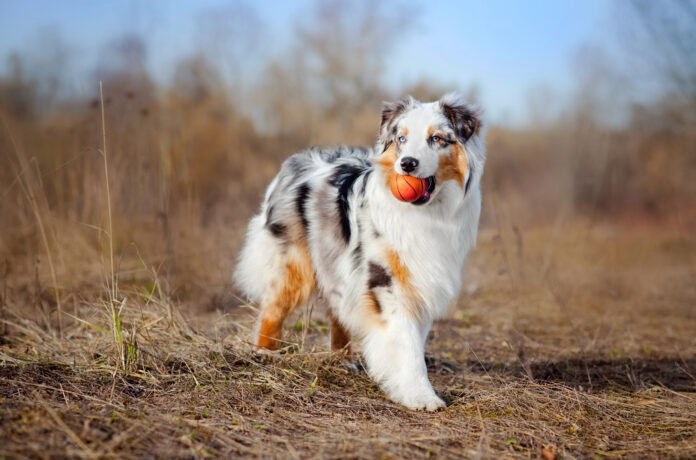Getty
Dogs may be our best friends, but they can also serve as reminders of beloved far-off travels. Many dogs have their origins in surprising lands and were bred for specific purposes—from sheep herding to companionship. Knowing dogs’ global origins and personalities can help you understand your own pooch. And since having a dog is a big responsibility, if you’re ready to make the leap, be sure to do your research to ensure that that the breed you select is a good match for your living situation and lifestyle choices.
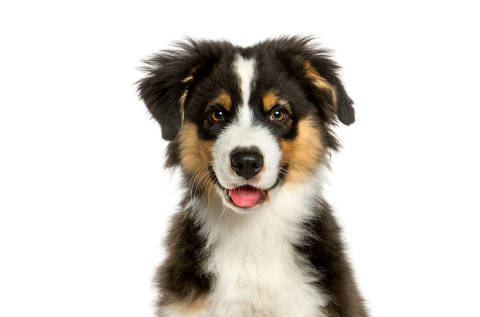
Getty
Protective Pup
Australian Shepherd
California
Despite its name, the Australian shepherd is actually a descendent of dogs the Spanish brought to California in the 1500s. It gets its name from the New Zealand and Australian collies that were part of that group. This athletic dog gained popularity in the 2000s, but their herding instinct and need for consistent exercise has not been bred out, so it is important for humans to establish clear dominance, especially in homes with children.
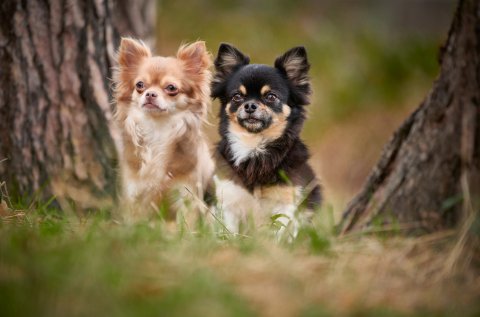
Kurt Pas/Getty
Small Size, Big Personality
Chihuahua
Mexico
Based on DNA analysis, Chihuahuas are believed to be one of only two native American breeds to survive since pre-colonization. Explorer Hernán Cortés wrote that that he discovered the Aztecs raising and selling the little dogs for food. Today, they’re known for being keen companions but display above-average aggression.

Getty
Independent Instincts
Catahoula Leopard Dog
Louisiana
This medium-build, short-haired dog breed is known for its wide variety of coat and eye colors. It is noted as being the only breed to have originated in the state of Louisiana. Its likely ancestor is the Beauceron, having been crossbred with Native American wolf dogs to aid early French settlers with swamp hunting. These dogs are known for their need for early training to break their independent, territorial instinct.
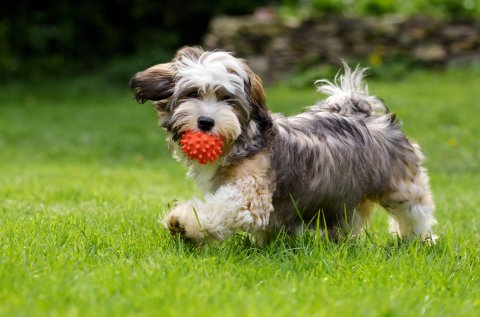
Dorottya Mathe/Getty
Cuddly Companion
Havanese
Cuba
The Havanese is the national dog of Cuba. It can trace its roots to the now extinct Blanquito de la Habana (“little white dog of Havana”), and further back to the island of Tenerife where it descended from bichon-style dogs. The toy breed is a true companion dog and thrives in social settings where it is around people all day long. It is noted for its lack of barking instinct.
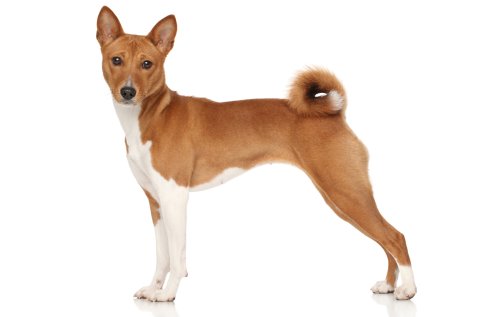
Getty
Quiet Sportsman
Basenji
Democratic Republic of the Congo
This hunting dog has its roots in the northeastern Congo region of Central Africa and is considered by experts to be a primitive-type breed—with a simple gene pool and longstanding lineage. Basenjis yodel rather than bark and lack a distinct odor. They are prized for their intelligence and quickness, dislike water, have a strong prey drive and like to climb, so they thrive in an active environment with plenty of time outdoors.
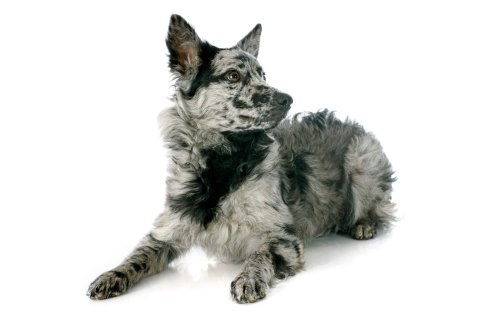
Getty
Work Horse
Hungarian Mudi
Hungary
Closely related to the puli and pumi and known for being high-energy herders, mudi grow to just over a foot tall and just over 20 pounds. During World War II, much of the breed was killed off, but has since rebounded, gaining recognition as an American Kennel Club purebred breed last year.

Bigandt Photography/Getty
Outdoor Adventurer
Finnish Lapphund
Finland
The medium-sized Finnish Lapphund has traditionally been bred to help manage reindeer herds and often live 12 to 14 years, or longer. They’re known to be good companions for active families who enjoy outdoor activities as their coats are waterproof.
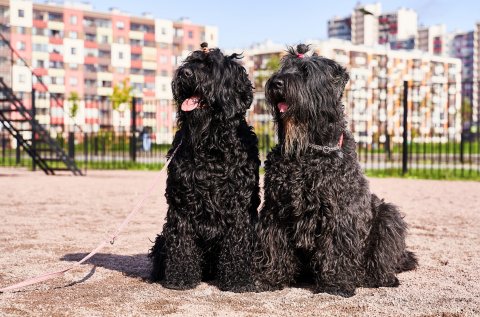
Maksim Kamyshanskii/Getty
Devoted Dog
Black Russian Terrier
Russia
Also known as the Chornyi Terrier, this breed of dog was created at the end of World War II by a Russian kennel for use as a working dog. Today, the breed is good for companionship, sporting, guarding or working needs. It’s known for being obedient, with extraordinary stamina. These terriers are not inclined to make friends easily but are devoted and loyal to their owners.

Getty
Farm Helper
Australian Kelpie
Australia
This sheepdog has a keen herding sense, often without guidance once trained. Like many Australians, the kelpie traces its roots back to Britain. Kelpies are agile and intelligent, requiring mental stimulation and physical exercise.
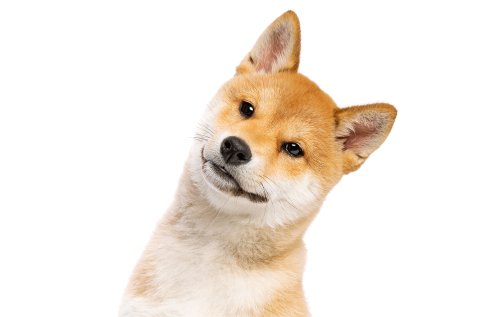
Erik Lam/Getty
Self-Grooming Screamer
Shiba Inu
Japan
Shiba Inus are known for their agility and hunting prowess. The dogs are noted for their independence and their need to stay clean, often self-grooming like cats do. Shibas, as they are called, are remarkably easy to housebreak, but—not fans of being grabbed or held—are prone to “screaming” when displeased.


